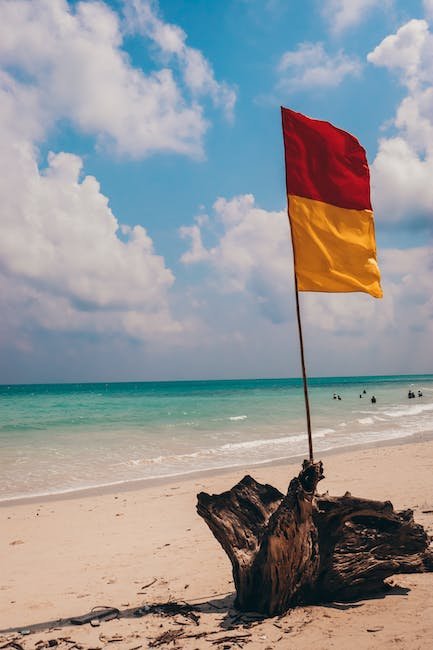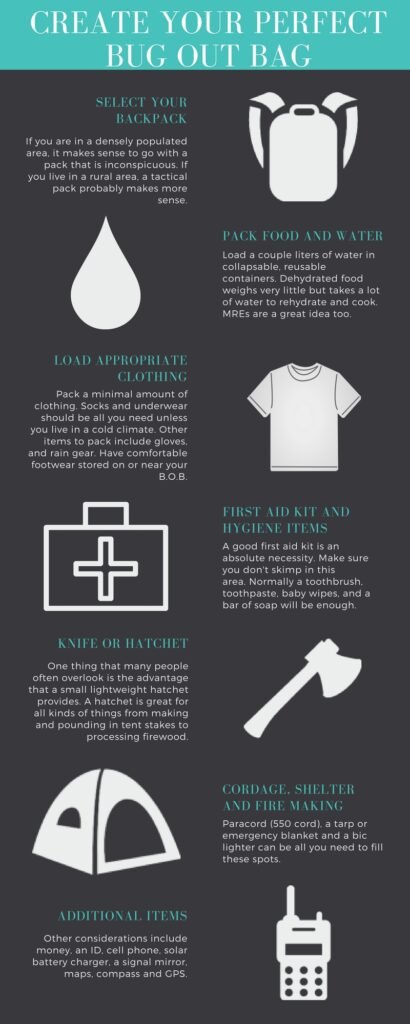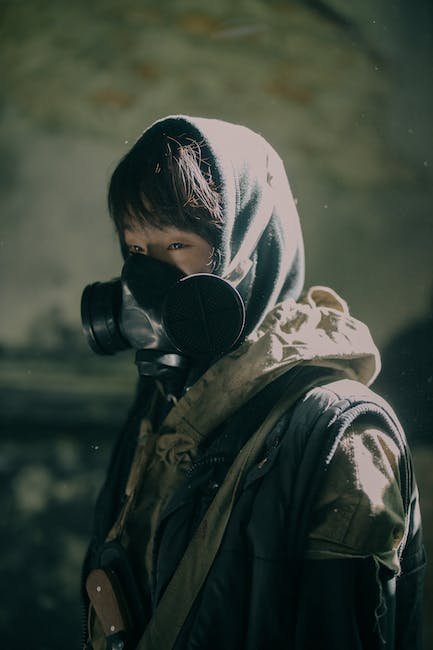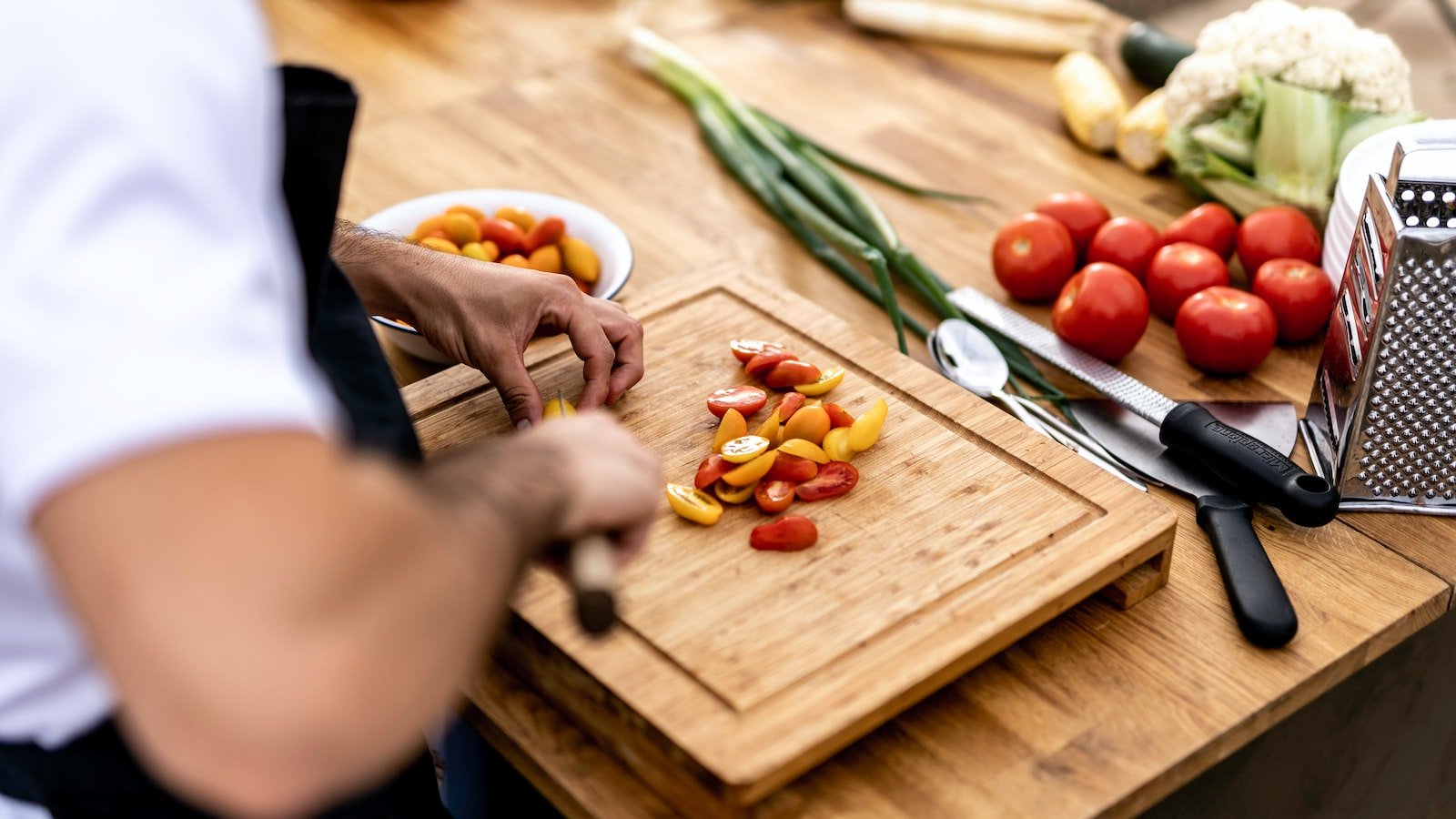Now Reading: The Ultimate Guide to Building an Emergency Kit
-
01
The Ultimate Guide to Building an Emergency Kit
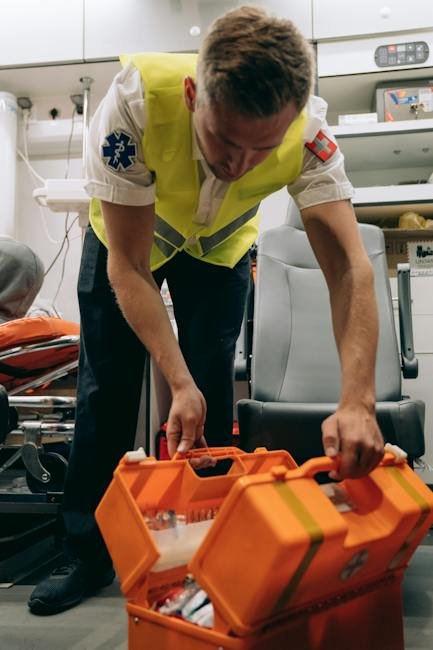
The Ultimate Guide to Building an Emergency Kit
Are you prepared for the unexpected? Life has an uncanny way of throwing curveballs at us when we least expect it. From sudden natural disasters to unforeseen accidents, having a well-stocked emergency kit can make all the difference during challenging times. In this ultimate guide, we will unravel the secrets of preparing for any unforeseen event. Whether you’re a seasoned survivalist or a newcomer to emergency preparedness, get ready to delve into the depths of what it takes to build a comprehensive emergency kit that will leave you feeling confident and secure.
Table of Contents
- What Should be Included in an Emergency Kit?
- Choosing the Right Container for Your Emergency Kit
- Essential Items to Include in Your Emergency Kit
- Food and Water: Long-lasting Options and Storage Tips
- Medication and Personal Hygiene: Must-have Supplies for Your Emergency Kit
- Q&A
- In Summary
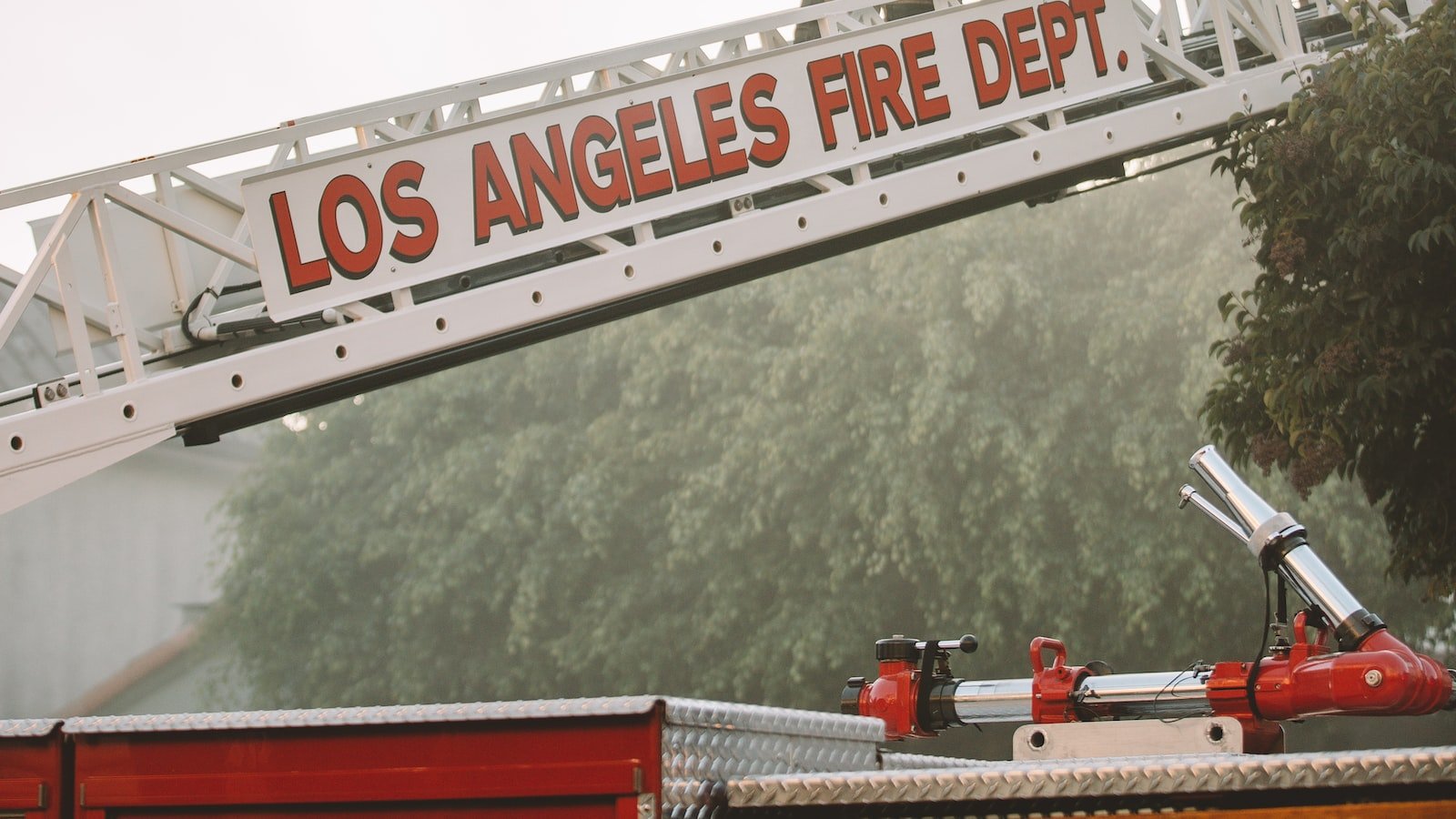
What Should be Included in an Emergency Kit?
An emergency kit is a crucial tool for preparing yourself and your family for unexpected situations. It is essential to have a well-stocked emergency kit ready at all times. Here are some items that should be included:
- Water: Store at least one gallon of water per person per day for at least three days. This should be for both drinking and sanitation purposes.
- Food: Pack non-perishable food items that can last for at least three days. Include items like granola bars, canned goods, and dried fruits.
- First Aid Kit: A comprehensive first aid kit is essential. It should include bandages, antiseptic solutions, pain relievers, scissors, and adhesive tape.
- Flashlight: Make sure to include a sturdy flashlight with extra batteries to navigate through power outages or dark areas.
- Extra Clothing and Blankets: Pack warm clothing, extra socks, and blankets to keep you and your family comfortable during unexpected weather conditions.
- Emergency Contacts: Include a list of important phone numbers, including emergency services, family members, and close friends.
- Radio: A battery-powered or hand-crank emergency radio is essential for staying updated with news and alerts during emergencies.
- Personal Hygiene Items: Include items like toilet paper, hand sanitizer, toothbrushes, and feminine products.
- Cash: Keep some cash in small bills in case ATMs or credit card systems are unavailable during emergencies.
Remember to regularly check and update your emergency kit to ensure that all items are in proper condition and not expired. It’s better to be prepared beforehand rather than scrambling for essentials during a crisis.

Choosing the Right Container for Your Emergency Kit
When it comes to putting together an emergency kit, one of the most important considerations is choosing the right container to hold all of your essentials. The container you select not only needs to be durable and easy to carry, but it should also provide ample protection for your items. Here are some factors to consider when choosing the perfect container for your emergency kit:
- Size: The size of the container is crucial. You want it to be large enough to hold all of your emergency supplies, but not so large that it becomes cumbersome to carry. Assess the amount of items you need to include in your kit and choose a container size accordingly.
- Durability: Your emergency kit needs to withstand tough conditions, so look for a container made from sturdy materials such as heavy-duty plastic or metal. It should be able to withstand impact, water, and other potential hazards that may arise during an emergency.
- Portability: During an emergency, you may need to evacuate quickly or move around frequently. Opt for a container with handles or straps for easy transport. Consider its weight as well, ensuring it is not too heavy when fully packed.
- Waterproof: Protecting your supplies from water damage is essential. Choose a container that is watertight or has a secure seal to keep your items dry in case of rain, flooding, or other water-related emergencies.
Remember, your emergency kit is only as effective as the container that holds it. By considering the size, durability, portability, and waterproof features of your container, you can ensure that your emergency supplies stay safe and accessible when you need them the most.

Essential Items to Include in Your Emergency Kit
In times of unexpected emergencies, being prepared can make all the difference. Putting together a well-stocked emergency kit is a crucial step in ensuring the safety and well-being of yourself and your loved ones. Here are some essential items that should always be included:
- Water: packing enough clean water to last for at least three days is crucial. Aim for one gallon per person per day.
- Food: non-perishable, easy-to-prepare items such as canned goods, energy bars, and dried fruits are excellent choices.
- First Aid Kit: a well-equipped first aid kit is essential. Ensure it includes bandages, antiseptic wipes, medications, and any personal prescriptions.
- Flashlights and Batteries: having a reliable light source is essential during power outages. Remember to pack extra batteries.
- Emergency Blankets: lightweight and compact, emergency blankets provide insulation and protection from extreme temperatures.
- Whistle: a whistle can help you alert others to your location in case of emergency.
- Phone Charger: a portable charger or solar-powered charger can keep your devices powered when electricity is unavailable.
Remember, emergencies can strike at any time, so it’s important to keep your emergency kit up-to-date and easily accessible. Tailor the contents to the specific needs of your family and don’t forget to periodically check expiration dates. Being prepared is the first step to staying safe!

Food and Water: Long-lasting Options and Storage Tips
When it comes to preparing for unforeseen circumstances, having a reliable supply of food and water is paramount. It’s essential to stock up on items that have a long shelf life and can withstand the test of time. Here are some great options:
- Canned Goods: One of the easiest and most versatile options for long-lasting food is canned goods. They are sealed airtight, helping to prevent spoilage, and can last for several years. Include a variety of canned vegetables, fruits, beans, and meats in your emergency food supply.
- Dehydrated Foods: Dehydrated meals are lightweight, compact, and perfect for emergency storage. They retain their nutritional value and flavor while also having an extended shelf life. Consider adding dehydrated fruits, vegetables, and even complete meals to your emergency food reserve.
- Freeze-Dried Foods: Similar to dehydrated foods, freeze-dried meals are a fantastic option for long-term storage. They retain their taste, texture, and nutrients while resisting spoilage. These lightweight meals can be easily rehydrated with water, making them a convenient choice during emergencies.
In addition to food, it’s crucial to have a reliable supply of water on hand. Here are some tips to ensure you are adequately prepared:
- Water Storage Containers: Invest in sturdy, puncture-resistant containers specifically designed for long-term water storage. These should be made from food-grade materials, such as high-density polyethylene, to maintain the water’s quality.
- Water Treatment: Consider including water treatment tablets or a filtration system in your emergency supplies. These help purify water from natural sources, ensuring it is safe for consumption.
- Rotate and Monitor: Regularly check the expiration dates of your stored water and replace it as needed. Additionally, monitor the condition of your storage containers to prevent leaks or contamination.
By preparing with these long-lasting food options and storage tips for both food and water, you can have peace of mind knowing you are ready for any unforeseen circumstances that may arise.
Medication and Personal Hygiene: Must-have Supplies for Your Emergency Kit
In times of emergency, it is crucial to have a well-stocked emergency kit that includes essential medication and personal hygiene supplies. These items play a vital role in ensuring your health and comfort during unforeseen circumstances. Whether you are facing a natural disaster or any other emergency situation, being prepared with the right supplies is paramount to your well-being.
Medication:
- Prescription Medications: Make sure to include a sufficient supply of any prescription medications you regularly take. Check the expiration dates regularly and replace them as needed.
- Over-the-Counter Medications: Keep a variety of essential over-the-counter medications on hand such as pain relievers, antacids, cold and flu remedies, and allergy medications. These can help alleviate common symptoms and discomfort during emergencies.
- First Aid Kit: A well-equipped first aid kit is indispensable during emergencies. Stock it with bandages, antiseptic ointments, adhesive tape, scissors, and other necessary items to treat minor injuries.
Personal Hygiene:
- Toiletries: Ensure your emergency kit includes basic toiletries like toothbrushes, toothpaste, soap, shampoo, and feminine hygiene products. These items will help maintain personal hygiene and provide a sense of normalcy during challenging times.
- Hand Sanitizer: In situations where water may be scarce or contaminated, hand sanitizer becomes a critical hygiene item. Include alcohol-based hand sanitizers in your kit to keep your hands clean and free from germs.
- Towels and Wipes: Don’t forget to pack a few towels and disposable wipes in your emergency kit. They can be incredibly useful for cleaning and refreshing yourself when access to regular bathing facilities is limited.
By including these medication and personal hygiene supplies in your emergency kit, you are taking important steps towards being prepared for any unexpected situation that may come your way. Remember to regularly check and replenish your supplies to ensure they remain up to date and readily available when you need them most.
Q&A
What is the purpose of an emergency kit?
An emergency kit aims to provide essential supplies and resources to sustain individuals or families during an emergency or disaster situation, such as natural disasters, power outages, or other unforeseeable events. It helps ensure survival and provides a sense of security during challenging times.
What are the key items that should be included in an emergency kit?
Some crucial items to include in an emergency kit are non-perishable food, water, a first aid kit, flashlights, batteries, a manual can opener, a battery-powered or hand-crank radio, extra clothes, blankets, personal hygiene products, important documents, cash, and a multi-purpose tool.
How much water should be included in an emergency kit?
It is recommended to allocate one gallon of water per person, per day, for both drinking and sanitation purposes. This amount should sustain individuals for at least three days, but it’s advisable to store more if possible.
What food items should be kept in an emergency kit?
Choose non-perishable food items that do not require refrigeration, cooking, or extensive preparation. Examples include canned goods, energy bars, dried fruits, nuts, granola, peanut butter, and crackers. Ensure the food has a long shelf life and rotate it periodically.
Why is it important to have a first aid kit in an emergency kit?
A first aid kit is vital in providing immediate medical assistance during emergencies. It should contain essential supplies such as band-aids, sterile gauze pads, adhesive tape, antiseptic solution, painkillers, tweezers, scissors, and any necessary prescription medications. It helps treat minor injuries and can potentially save lives.
What other miscellaneous items should be considered for an emergency kit?
Some additional items to consider are a waterproof and durable container for storing the emergency kit, a whistle for signaling for help, duct tape, plastic bags, a pen and notepad, a phone charger, spare batteries, a local map, important contact numbers, and a list of allergies or medical conditions.
How often should an emergency kit be checked and updated?
It is recommended to review and update your emergency kit at least once a year. Check expiration dates of food, water, medications, and batteries, and replace any items that have expired. Ensure any changes in family size or specific needs are also reflected in the kit.
Where should an emergency kit be stored?
Store your emergency kit in an easily accessible location that is known to all household members. It should be a cool and dry place, away from direct sunlight or extreme temperatures. Make sure it is secure and easy to grab in case of immediate evacuation.
What additional steps should be taken to prepare for an emergency?
Apart from building an emergency kit, it is essential to create an emergency plan with your family, including meeting points, evacuation routes, and designated responsibilities. Stay informed about potential risks and emergency procedures in your area. Regularly practice drills to familiarize everyone with the plan.
In Summary
As we conclude this ultimate guide to building an emergency kit, let us exhale a collective breath of preparedness, knowing that we now hold the keys to safeguard our future. Remember, dear readers, that uncertainty shrouds us all, revealing its unpredictable nature when least expected. But fear not, for we have armed ourselves with knowledge and foresight, enlightening our path towards readiness.
Within the intricate tapestry of life’s unpredictable events, our emergency kit serves as a beacon of hope and security amidst chaos. As we have explored every corner of its creation, from the essential supplies to the invaluable peace of mind it brings, we must embrace the vital duty bestowed upon us.
Allow our newfound wisdom to inspire others, to foster a community where preparedness and resilience prevail. Share this guide, share the importance of taking charge of our own safety, for together we stand stronger when adversity strikes.
Remember, building an emergency kit is not solely about tangible objects but about the intangible qualities it ignites within us. It is about nurturing a sense of confidence, self-reliance, and adaptability – qualities that define us as humans.
When the winds of uncertainty blow, and the skies darken with challenges, let us find solace in knowing that we have fortified ourselves against the storm. In the face of adversity, we shall emerge as guardians, not victims, armed with the foresight to navigate a treacherous world.
May our emergency kits rest undisturbed, gathering dust, for that will be a testament to the peaceful times we embrace. Yet, let us never allow complacency to envelop our spirit. Regularly revisit and update your emergency kit, for it is a living entity designed to evolve, adapt, and cater to our ever-evolving needs.
In this age of ever-advancing technology, let us never forget the significance of preparedness rooted in the analog foundations. Embrace the simplicity of a pen and paper, the warmth of a candle’s glow, the reassurance held in a sturdy embrace.
Ultimately, dear readers, we implore you to imbue this knowledge and preparation into your daily lives. Let it become a whisper in your ear, guiding your actions, shaping your choices to ensure a brighter, safer tomorrow.
As we part ways, remember that you hold the strength to navigate any storm, to rise above the darkest of nights. May your emergency kit be a testament to your determination and a symbol of hope when chaos looms. Stay prepared, stay hopeful, and may your journey be filled with safety and tranquility.
As an affiliate, my content may feature links to products I personally use and recommend. By taking action, like subscribing or making a purchase, you’ll be supporting my work and fueling my taco cravings at the same time. Win-win, right?
Want to read more? Check out our Affiliate Disclosure page.

